Speakers that fill the air
The best speakers are the ones you don’t even notice. The speakers that are not standing between you and your enjoyment of the music.
Our goal at Extreme Car Audio is to bring your music to life.
Stop in or drop us a note. We’d love to show you what your audio system could sound like.
When your view is clear you likely never even think about your windshield. If your windshield wipers do prevent you from seeing the road clearly, you replace them.
The best thing you can do to improve car audio sound quality is to replace the original factory speakers. Without doing anything else to your car’s audio system, you will experience clear, vibrant, and evenly spread sound as well as hear aspects of songs you probably were not even aware of.
If you decided to purchase an amplifier and subwoofer, you can pair speakers with them to further enhance your setup, but you can also replace your factory speakers even if you don’t purchase new amps and subs.
Speaker Types
There are 2 basic types of car speakers: component speakers, and full range (or coaxial) speakers. Either of these types of speakers use various drivers to produce sound. Drivers are devices which convert electrical energy into sound waves. Different drivers produce different sounds, depending on the frequency of the sound. Component and full range speakers utilize drivers in different ways to create the sound you hear. Here are some more details about these 2 types of speakers.
1. Component Speakers
- Tweeter
- Super Tweeter
- Mid-range
- Woofer
- Subwoofer
- All drivers are separate
There are 3 basic types of speaker drivers: tweeters, mid-ranges, and woofers. Tweeters handle high frequency sounds, such as bells, cymbals, and whistles. Woofers produce low frequency sounds, such as bass notes. Mid-range drivers deal sounds between high and low frequencies, hence the name mid-range.
Woofer and tweeter drivers can be further specialized for ultra-low and ultra-high frequency sounds. First, car subwoofers concern themselves with only very low sound frequencies. When the bass drum or bass notes in a song seem to pound you in the chest and shake the surroundings, you’re probably hearing a subwoofer. Next, super tweeters deal with very high frequency sounds, specializing in frequencies of the highest range.
Component speakers’ drivers are separate from one another, and they can be placed in different areas of a vehicle. For example, the woofers and/or mid-range speakers may be placed on the sides of doors, the tweeters may be placed closer the the dashboard, and a subwoofer will probably be housed in the trunk.
2. Full Range (Coaxial) Speakers
- Tweeter
- Woofer
- Drivers are joined together
Full range speakers are more common in car audio systems than component speakers. Full range speakers usually include a woofer, with a tweeter placed over the woofer. The woofer will handle low-to-mid frequency sounds, and the tweeter will handle mid-to-high frequency sounds. Since the drivers of full range speakers are connected, sounds of all frequencies will originate from the same place.
Component Vs. Full Range (Coaxial):
Component:
- Usually produce better quality sound than coaxial.
- Generally more expensive than coaxial.
- More difficult to install than coaxial.
- Require a crossover
Full Range:
- Typically of lower quality than component (although some can sound quite good).
- Generally less expensive than component.
- Easier to install than component.
- No crossover required.
Full range speakers are usually less expensive, easier to install, and more common than component speakers. Component speakers require a device called a crossover to separate the different sound frequencies and send them to the correct driver (high frequencies to the tweeter, low to the subwoofer, etc.), while full range speakers do not. Component speakers need to be carefully placed to attain optimal sound, while full range speakers are more flexible when it comes to placement. Although component speakers generally sound better, a good full range speaker system will be better than a cheap component system.
When deciding on the type of speakers you want, know the car speaker sizes required for your vehicle, and consult some car speaker reviews. Remember the differences between component and coaxial speakers, and you should be well equipped to make an informed decision.
Every vehicle is different, so it is important to make these improvements with a professional who knows what exactly your car needs and how to install it. We offer expert advice as well as stress free installation. The only thing we recommend doing yourself when it comes to your new system is showing it off.

-
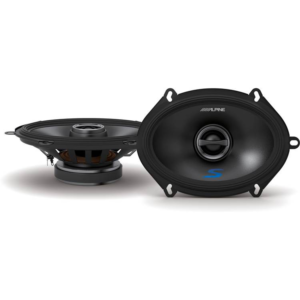
Alpine R-S65.2 6.5″ Coaxial 2-Way Speaker Set
Read more -
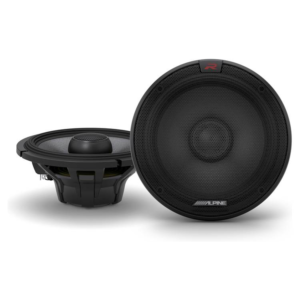
Alpine R-S65.2 6.5″ Coaxial 2-Way Speaker Set
Read more -
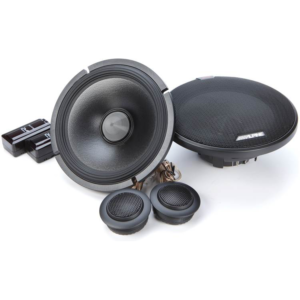
Alpine R-S65C.2 6.5″ Component 2-Way Speaker Set
Read more -

Alpine S-S40 4″ Coaxial 2-Way Speaker Set
Read more -
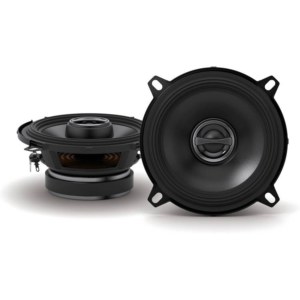
Alpine S-S50 5.25″ Coaxial 2-Way Speaker Set
Read more -

Alpine S-S57 5″X7″ Coaxial 2-Way Speaker Set
Read more -

Alpine S-S65 6.5″ Coaxial 2-Way Speaker Set
Read more -

Alpine S-S65C 6.5″ Component Speaker System
Read more -

Alpine S-S69 6″x 9″ Coaxial 2-Way Speaker Set
Read more -
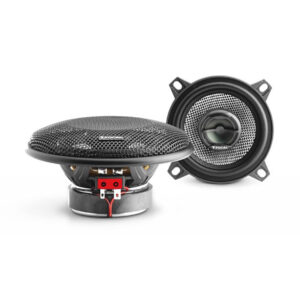
Focal 100 AC 4″ Coaxial Speakers
Read more -

Focal 130 AC 5’’ 2-Way Coaxial Kit
Read more -
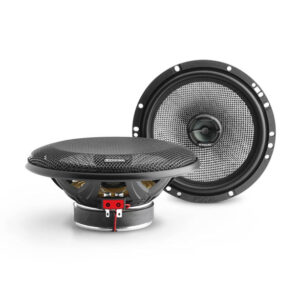
Focal 165 AC 6.5’’ 2-Way Coaxial Kit
Read more -

Focal 570 AC 5X7’’ 2-Way Coaxial Kit
Read more -

Focal 690 AC 6X9’’ 2-Way Coaxial Kit
Read more -
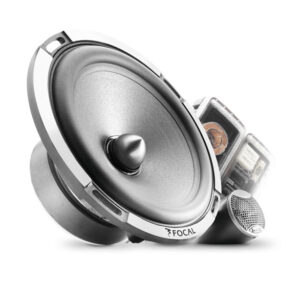
Focal PS 165V1 6.5″ Component Speaker System
Read more -
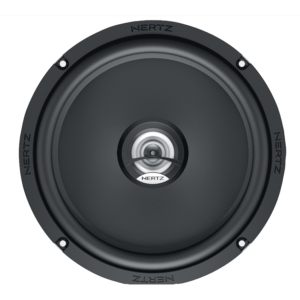
Hertz DCX 165.3 2-Way Coaxial Speakers
Read more -
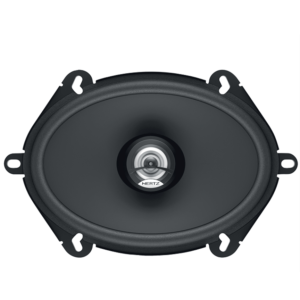
Hertz DCX 570.3 2-Way Coaxial Speakers
Read more -

Hertz DCX 690.3 3-Way Coaxial Speakers
Read more -

Hertz MPX 165.3 PRO Coaxial Speakers
Read more -

Hertz MPX 690.3 3-Way Coaxial Speakers
Read more -

JL Audio C1-400X 4″ Coaxial Speaker System
Read more -

JL Audio C1-525X 5.25″ Coaxial Speaker System
Read more -

JL Audio C1-570X 5″x 7″ / 6″x 8″ Coaxial Speaker System
Read more -

JL Audio C1-650 6.5″ 2-Way Component Speaker System
Read more -

JL Audio C1-650X 6.5″ Coaxial Speaker System
Read more -

JL Audio C1-690TX 6″x 9″ 3-Way Coaxial Speaker System
Read more -

JL Audio C2-570X 5″x7″ / 6″x8″ Coaxial Speaker System
Read more -

JL Audio C2-650 6.5″ 2-Way Component Speaker System
Read more -

JL Audio C2-650X 6.5″ 2-way Speakers
Read more -
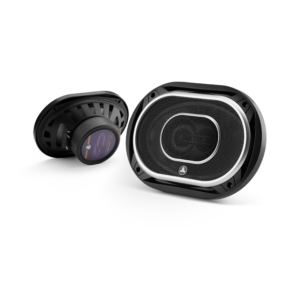
JL Audio C2-690TX 6″x 9″ 3-Way Coaxial Speaker System
Read more




